Table of Contents
How to determine the perfect chevelure color for yourself that can turn an ordinary woman into a stylish, attractive, and charming beauty? It is worth taking a little time to find out your original hair undertone to do this. Then the transformation will become possible even at home.
You can easily make the most drastic changes to your image. This applies to almost all areas of the look. Moreover, you can change your image with hair extensions. The process of any extension begins with the selection of the color of the strands. This stage should be approached with full responsibility to get a decent result. This article will show you how to find your hair undertone correctly.
Determine your basic hair tone
Before defining your chevelure color, you must first differentiate the concepts of all tones and shades available in nature. Everyone knows them, but not everyone can interpret them correctly. There are four main chevelure colors:
- Brunet.
- Brown hair.
- Blonde.
A separate category includes people with red hair. However, it is naive to believe that a brunet has exclusively black hair, a brown-haired brown, and a blond white. A wide palette of shades represents each category. For example, the owners of black hair and all variations of dark brown are ranked as brunettes. Brown-haired are those whose hair in color ranges from dark blond to light blond and chestnut shades. Blondes are also a pervasive group of hair undertones. These include ash, wheat, dark and light blonde.
Such a variety of natural shades is created due to the saturation of the chevelure with pigment. Eumelanin gives the hair shaft dark shades. At the same time, pheomelanin provides from yellow-orange to red. When the amount of melanin in the hair is catastrophically small, the result is blond. The pigment in the hair shaft is uneven. Because of this, natural hair shines in many shades and has a peculiar shine. The artificial coloring contained in the dyes is evenly distributed throughout the hair.
- If you decide to change your natural hair color, but you find it difficult to determine the tone, use the classic option. It is allowed to dye your hair two shades darker or lighter than your natural color.
- If you want to dye your hair in a different color, you need to start from the currently available shade. And it doesn't matter if it is natural or obtained as a result of the previous staining.
How to choose hair undertones for extensions?

When choosing the color of the extended strands, it is not always possible to match the tone. It is challenging to choose undertones with unnatural blonde shades. Blondes know that when toning chevelure, each time, the shade can be slightly different. When toning light hair, professional masters mix several colors, and bleached chevelure reacts differently to dyes each time. Therefore, if the shade is slightly different, you can tint the already extended hair.
Dark natural colors at levels 1 to 4 are matched 100%. If you have tinted dark chevelure, there is usually no problem, and the strands blend perfectly. But any shade on your hair requires additional toning of extensions.
Hairdressers sometimes mix several shades when preparing strands for extensions. In this case, the chevelure color is more voluminous. This is usually done when extending lighter shades of hair. In this case, the shade will not be washed off.
You can achieve the effect of burnt hair without dying. For example, you can choose extensions close to your hair undertone and get a chic result.
Determining your color type

But what about women with grey hair? In search of your ideal tone, you should be guided by the color type of your appearance. This method can be used by women with grey chevelure and everyone who wants to decide on an undertone since it is considered the most reliable and convenient. The color type is determined by the tone of the skin and eyes. The main skin tones are light, dark, olive, and medium. Each of these shades can be present in cold, warm, or neutral undertones.
On warm skin tone, they appear olive, on cold blue-violet. Neutral skin gives them a blue-green hue. Warm skin tones have yellow, peach, or olive tints.
Skin can change color characteristics with age. Weather and health conditions influence this.
You must meet the following conditions to determine your color type correctly:
- Provide natural, adequate lighting, but avoid bright sunlight to avoid overflow.
- Rid the skin of traces of cosmetics to give it its natural state.
- Free the décolleté and neck area.
Start with the face, analyzing the most expressive details to determine the color type. The color of the eyes, lips, and the presence of freckles will be decisive.

Features of the selection of hair undertone for extension
You can lengthen and increase the volume of the hairdo and create a natural appearance thanks to hair extensions. This procedure is often used to create unusual fresh images. With the help of extensions, you can achieve the effect of highlighting or coloring without staining. Some women think that it is enough to choose the chevelure color they like, and the hairdo will look harmonious. However, things are a little more complicated. Any bright accent should match the overall look. Therefore, in this case, one cannot do without a specialist or knowledge in the field of color combinations. The hair extension’s undertones should be in harmony with the skin, eyes, and native curls’ tone.

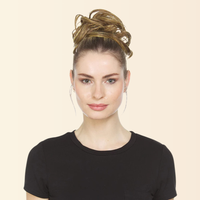
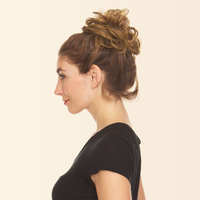
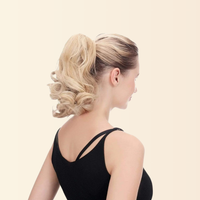
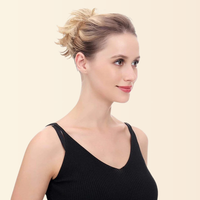

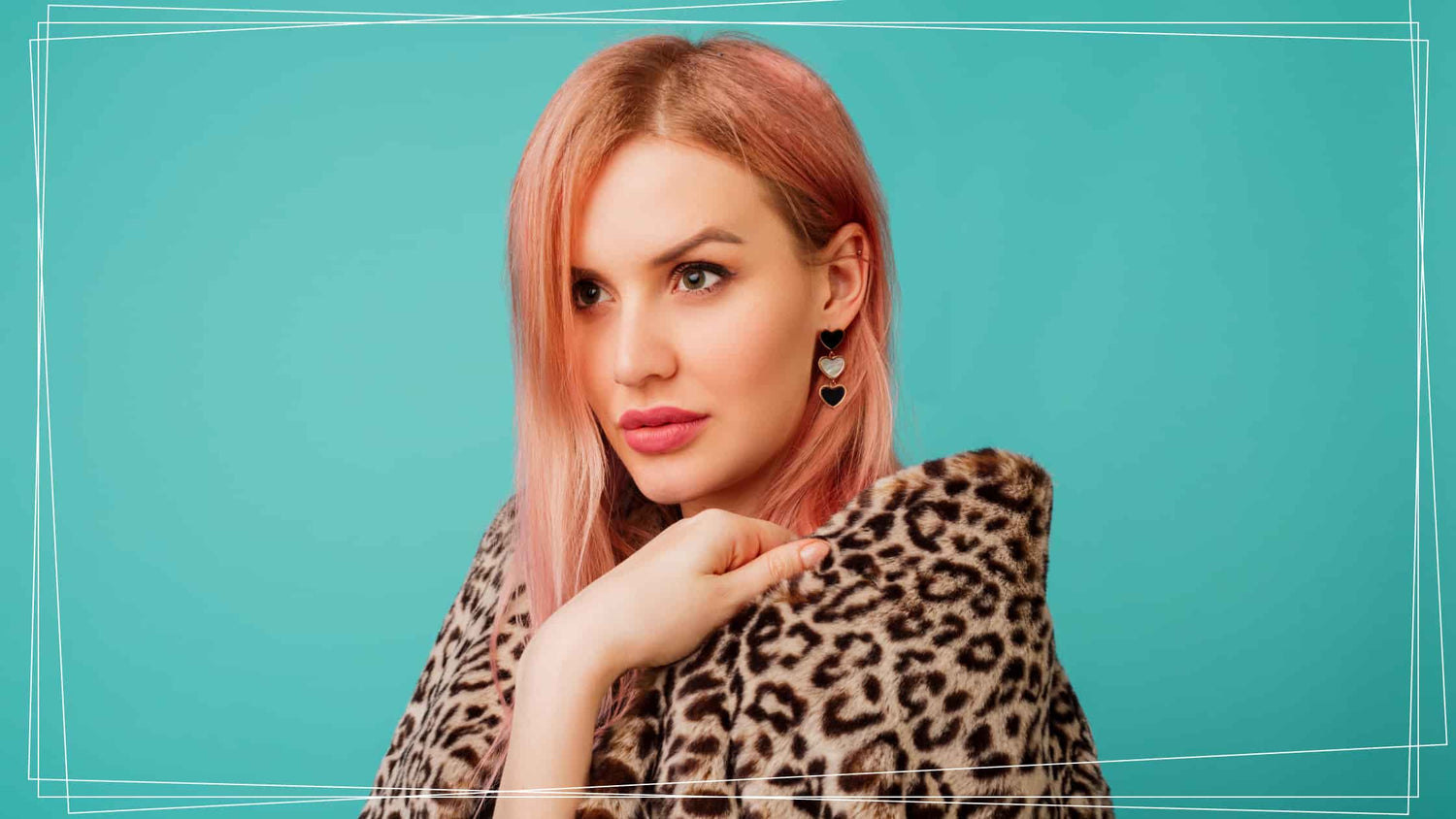
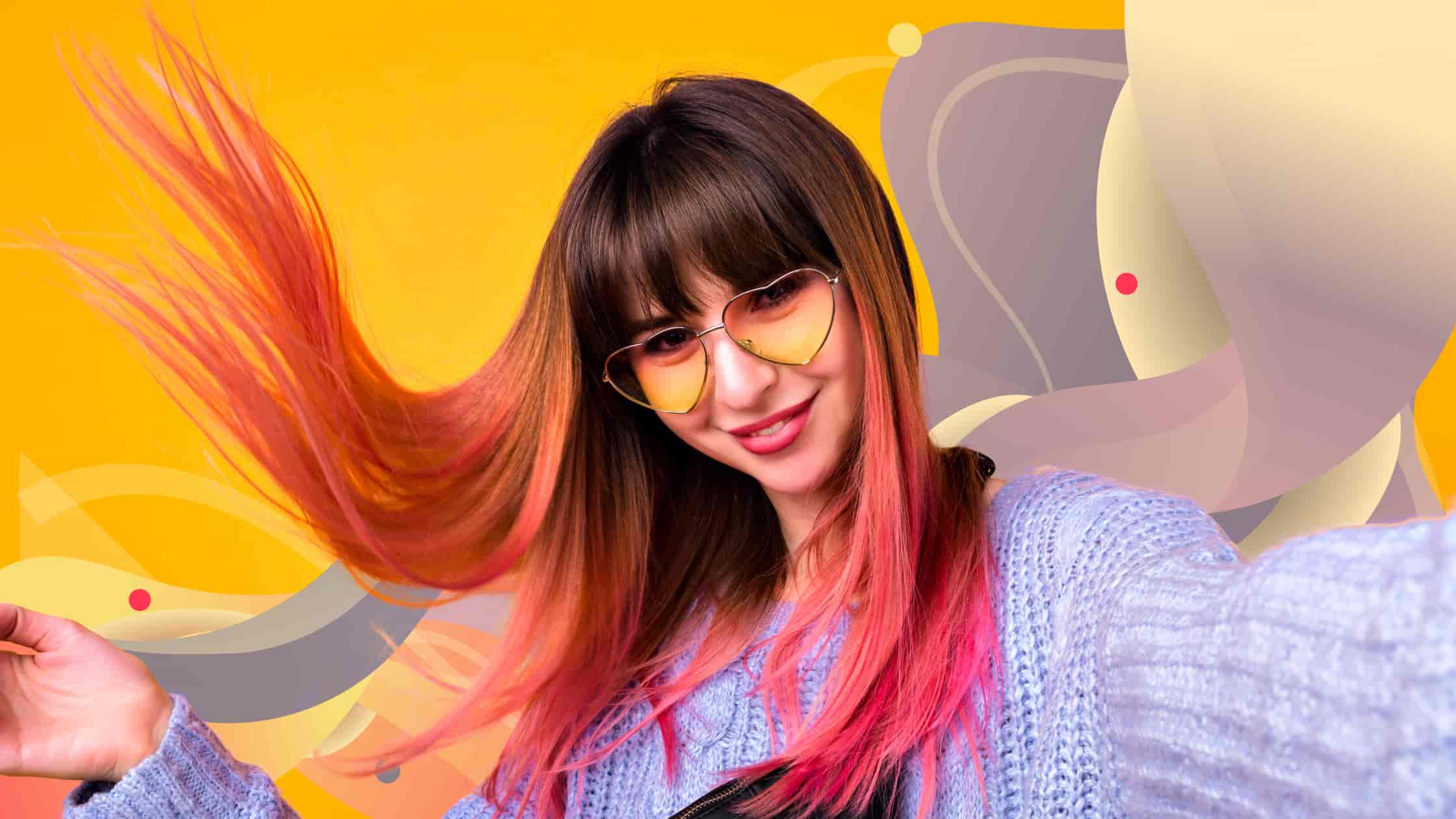
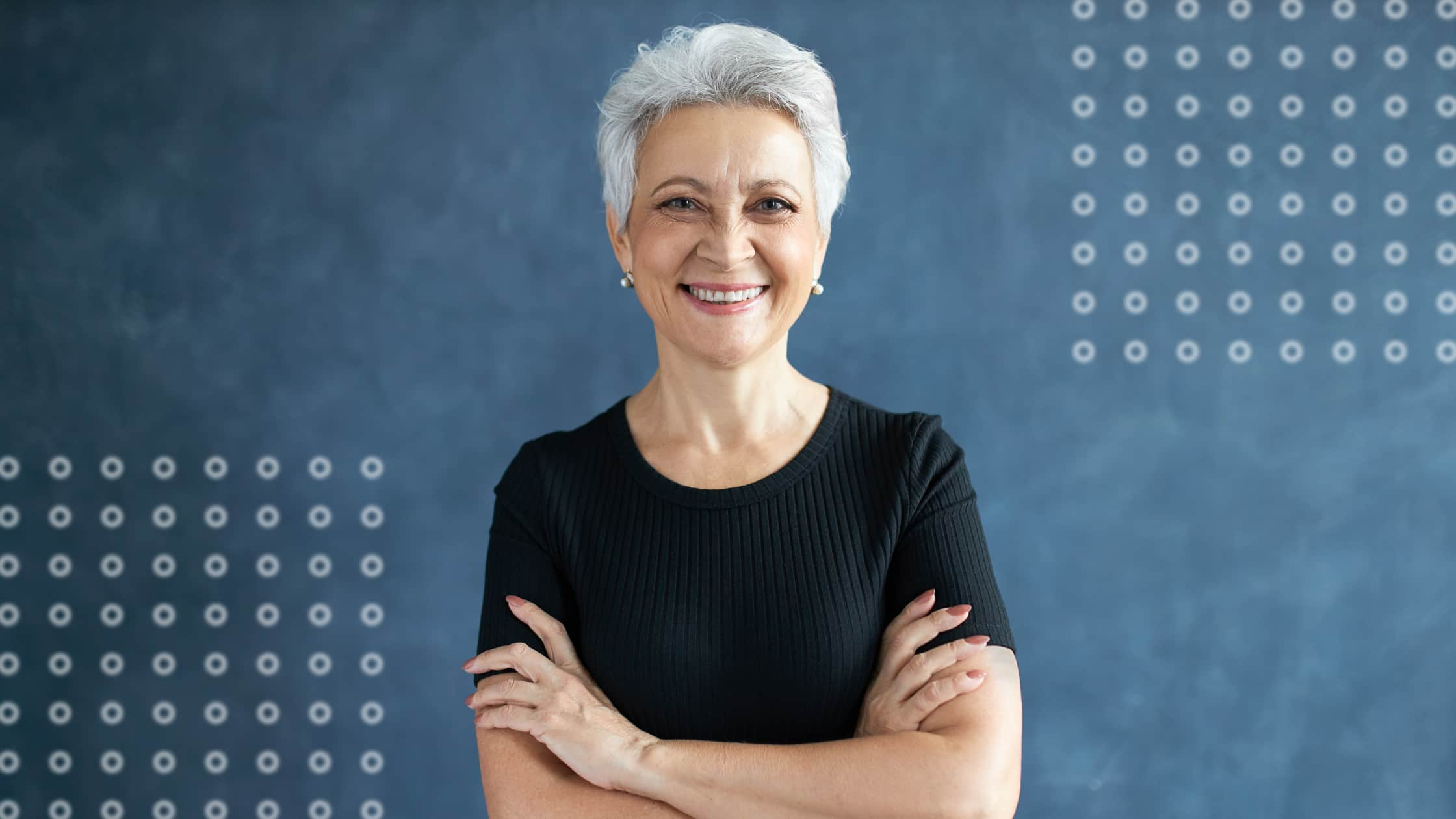
Leave a comment
This site is protected by hCaptcha and the hCaptcha Privacy Policy and Terms of Service apply.